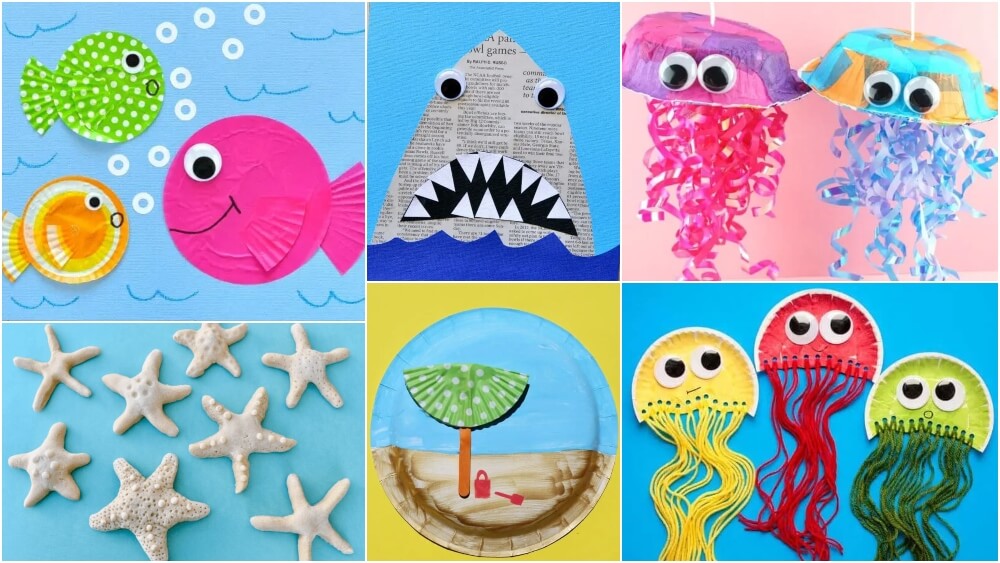When is water safe to drink?
Water is a refreshing, hydrating and invaluable to one’s survival. Therefore, consumption of safe water is highly important. There shouldn’t be any disease-causing organisms and pollutants in it.
It is believed that one out of ten people couldn’t actually be sure that their water consumed, is clean or not.
This is so because:
- Inadequate Sanitation
- Poor protection of water sources
- Improper hygiene
This increases the feces percentage in water and often lead to sewage. This would be the home to dangerous bacteria, parasites and viruses. And the effects of these harmful germs are deadly.
Unhygienic water often led to diarrheal diseases which is the leading cause of death for infants and children under five.
CONTAMINATION
Contamination of water through these methods or other methods like leaching, chemical spills and runoffs often leads to
- Cancer
- Cardiovascular disease
- Neurological disease
- And even Miscarriage
WATER TREATEMENT
However, there are multiple treatment methods that can purify the contamination.
The large-scale plant usually consists of three parts:
- Sedimentation: The water is allowed to sit in a tank in an undisturbed manner. The heavier particles settle at the bottom, and the cleaner water rises up.
When sedimentation is not enough, the next step is followed.
- Filtration: Layers of sand is placed. The water is pulled through it due to gravity, and the tinier particles is caught up in the pore and the cleaner water passes to the next step.
- Disinfection: A mixture of forms of chlorine and ozone, are mixed in to kill the pathogens. Chlorines effectively destroys water’s living organisms; however, it cannot be used without the permission from government. The imbalance of chlorine might cause other chemical reactions to trigger.
Example: Trihalomethanes, a byproduct of chlorine could skyrocket, which might lead to corrosion of pipe, which then would result in releasing iron and copper into drinking water.
Another method is been round for many years is the “Point-of-use” treatment. Ancient Egyptians used to remove organic contaminants through sun’s heat. After that Hippocrates discovered bags that traps bad testing sediments from water.
Now a days, it is used more to lower mineral content through ionization. Adsorption filtration is also used where activated carbon strains out the water and separates the contaminants and chemical by products.
It is not long term, but is easy to install and adaptable, especially where large-scale purification system is unavailable.
TESTING WATER FOR DRINKING:
- First, one should check for turbidity, organic materials or heavy-density metals (arsenic chromium etc.). The presence of any of these indicates unsuitable for consumption.
- Lead or arsenic consumption can’t be figured rightly. Cloudiness, brown or yellow coloration, a foul order, or an excessive smell of chlorine can give partial indication of its presence.
- Water testing kits are present in the market that indicates and confirms the presence of many different contaminants and chemicals.
However, the development in water treatment still continues in order to provide safe and healthy water to all people around the globe.






Responses